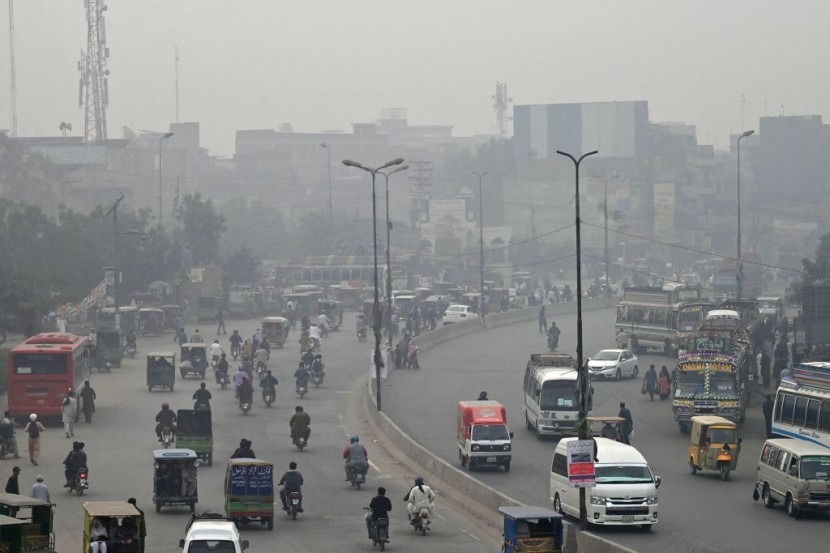As smog suffocates large portions of South Asia, approximately 50 million people have been inhaling toxic air for nearly a week. Lahore City in Pakistan is the most recent to be forced to shut down due to the pollution crisis.
Schools, parks, and businesses in Lahore, Pakistan, were closed this week due to the air quality index (AQI) reaching above 400, as reported by IQAir. The Swiss air monitoring company classifies that the said figure is considered hazardous.
South Asia's Air Pollution Crisis
According to CNN, Punjab province's chief minister Mohsin Naqvi said this week that the towns of Gujranwala and Hafizabad, besides Lahore, had been placed under an "environmental and health emergency" until conditions improve. More than 15 million people are living in the three cities.
On Tuesday, November 7, Naqvi's office stated, "There shall be a limited movement of people to and from these areas by public and private transport."
Additionally, Naqvi's administration has made it illegal for more than four persons to congregate in one spot.

The recent surge in pollution in Pakistan comes after the neighboring country of India saw a smog blanket over its capital city of New Delhi the previous week due to cooler temperatures that retained pollution particles, generating a poisonous cloud that reached deadly levels.
Millions of farmers throughout the world traditionally burn their remaining rice stubble at the end of the year after the winter harvest to make way for the following wheat crop. As a result of these and other factors, including vehicle and industrial pollution, haze has become very prevalent in the northern Indian states of Haryana, Punjab, Uttar Pradesh, and New Delhi.
This week, the Supreme Court of India banned the use of firecrackers throughout the country in preparation for the forthcoming Diwali holiday this weekend and ordered officials in the states around New Delhi to prohibit farmers from burning excess crops.
The court's similar rulings throughout the years have had little impact.
IQAir released its list of the 20 most polluted cities in the world this week, and it included many cities in India, including Kolkata and Mumbai, where pollution levels ranged from "hazardous" to "unhealthy."
There has been a flurry of activity by local governments to take action against pollution, including limiting car access to highways, wetting down sidewalks, and prohibiting building structures unless absolutely necessary.
See Also : New Delhi Air Pollution Worsens as Smog Becomes Visible From Space, Politicians Blame Each Other
Industrialization and Increasing Populations
Since significant industrialization and population expansions in South Asian nations are contributing to pollution levels, it is of rising concern that PM2.5 levels in all these cities considerably exceed the World Health Organization's guidelines.
Some of the contaminants included in PM 2.5 are sulfates, nitrates, and black carbon, all of which may have adverse effects on human health, particularly the central nervous system and the immune system. They have also been related to respiratory and cardiovascular problems.
Existing methods, such as limiting transportation and stopping development, are not very successful, according to environmental organizations and policymakers, who have long urged more efficient strategies to control population growth.








